For Beatlemaniacs who preferred the Fab Four’s teeny-bopper Ed Sullivan Show style of music, the Beatles’ psychedelic phase seemed out of left field. But for those Beatles fans who read the John Lennon book In His Own Write, the band’s surrealist, sometimes absurd writings in the latter half of their short-lived tenure together was only a matter of time.
Videos by American Songwriter
In fact, when comparing the Lennon-penned book from 1964, one could argue that the “smart Beatle” was holding back in the lovesick songs of the Beatles’ early days, like “I Wanna Hold Your Hand” or “Love Me Do.” Lennon was, in a way, always going to find his way back to the nonsensical.
From Amateur Artist And Rock Star To Published Author
Up until the mid-1960s, the Beatles enjoyed the career they built on feel-good rockers and ballads like “Twist and Shout,” “Can’t Buy Me Love,” and “In My Life.” The Fab Four certainly brought something unique to the table, but they didn’t quite match the criteria for adjectives like “psychedelic” or “absurd” until the year 1966 when they released Revolver. Featuring odd recording techniques and abstract subject matter in songs like “I’m Only Sleeping” and “Yellow Submarine,” the Beatles’ late-1960s psychedelic era had officially begun. But for John Lennon, it had already started.
As a child, eccentric authors like Lewis Carroll fascinated Lennon. He spent much of his free time writing absurd poems that he modeled after Carroll and Kenneth Grahame’s offbeat writing style. When he wasn’t writing, Lennon was drawing equally wacky cartoons, eventually compiling these texts and images into a school exercise book he called the Daily Howl. Indeed, Lennon was a creative force even when he was a teenager. When the time came for him to go to university, his English teacher recommended he study art. Lennon continued to write and draw throughout his studies until his unreleased works caught the attention of American journalist Michael Braun.
While writing his 1964 book Love Me Do: The Beatles’ Progress, Braun discovered Lennon’s drawings and writings and turned them in to his literary director at Jonathan Cape. The director offered Lennon a contract almost immediately, eager to capitalize on the growing tidal wave of Beatlemania. The public was lapping up virtually anything that had to do with the mop-topped quartet from Liverpool, and Jonathan Cape had no doubt that the reaction would be the same for Lennon’s collection of 26 illustrations, 23 prose pieces, and eight poems.
This John Lennon Book Predicted Beatles’ Psychedelic Phase
John Lennon’s writing style employed almost an entirely new language, one that used near-homonyms and portmanteaus to imbue deeper meanings into seemingly absurd phrases. Sometimes, cadence was the biggest deciding factor for Lennon’s prose. Rather than focusing on the content of the words themselves, Lennon prioritized the rhythm that a certain sentence created when stringing “random” words together. The Beatle utilized these techniques on songs like “I Am the Walrus” and “Lucy in the Sky with Diamonds,” too.
Lennon’s book, In His Own Write, received incredibly positive critical acclaim, much to the surprise of its author. “I really didn’t think the book would even get reviewed by the book reviewers,” Lennon said in a 1964 interview, documented in James Sauceda’s The Literary Lennon. “I didn’t think people would accept the book like they did. To tell you the truth, they took the book more seriously than I did myself. It just began as a laugh.”
Laugh or not, Lennon’s book offers a fascinating glimpse into the earliest tinges of psychedelia that would later come to define the Beatles’ late era.
Photo by Jan Olofsson/Redferns

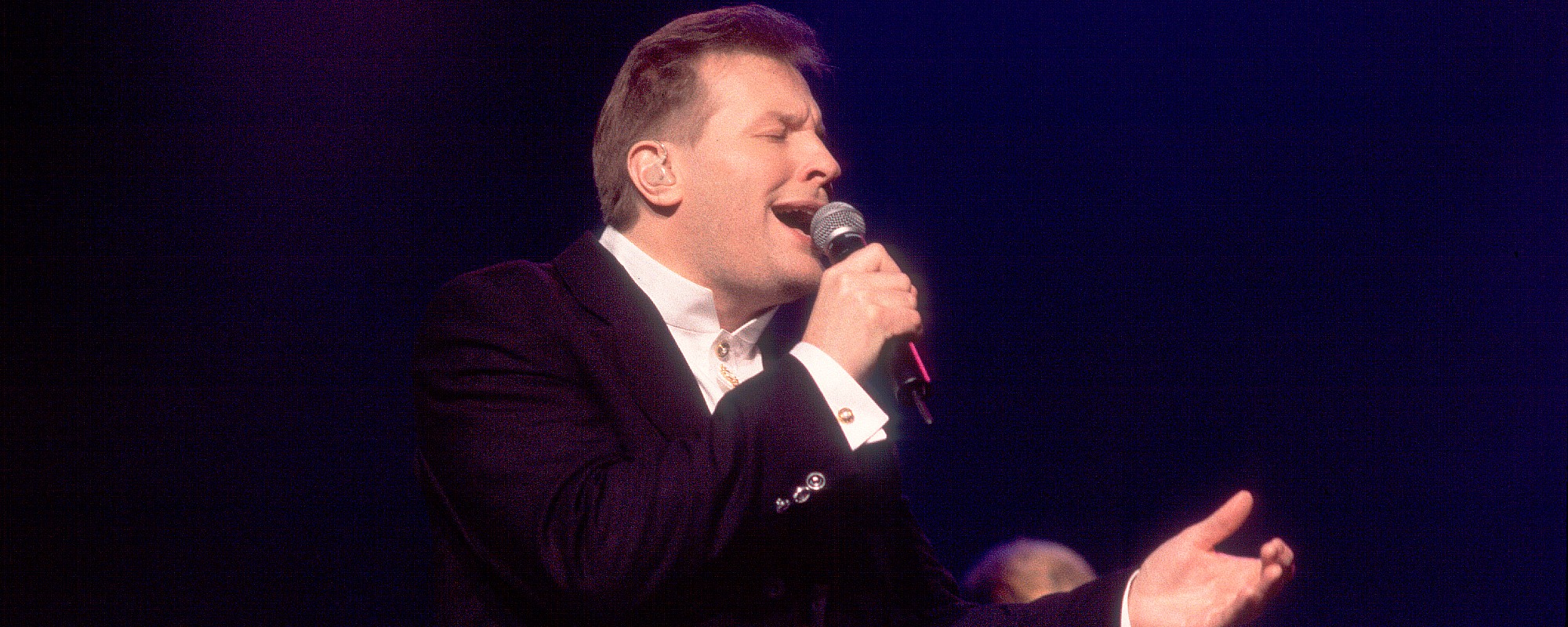

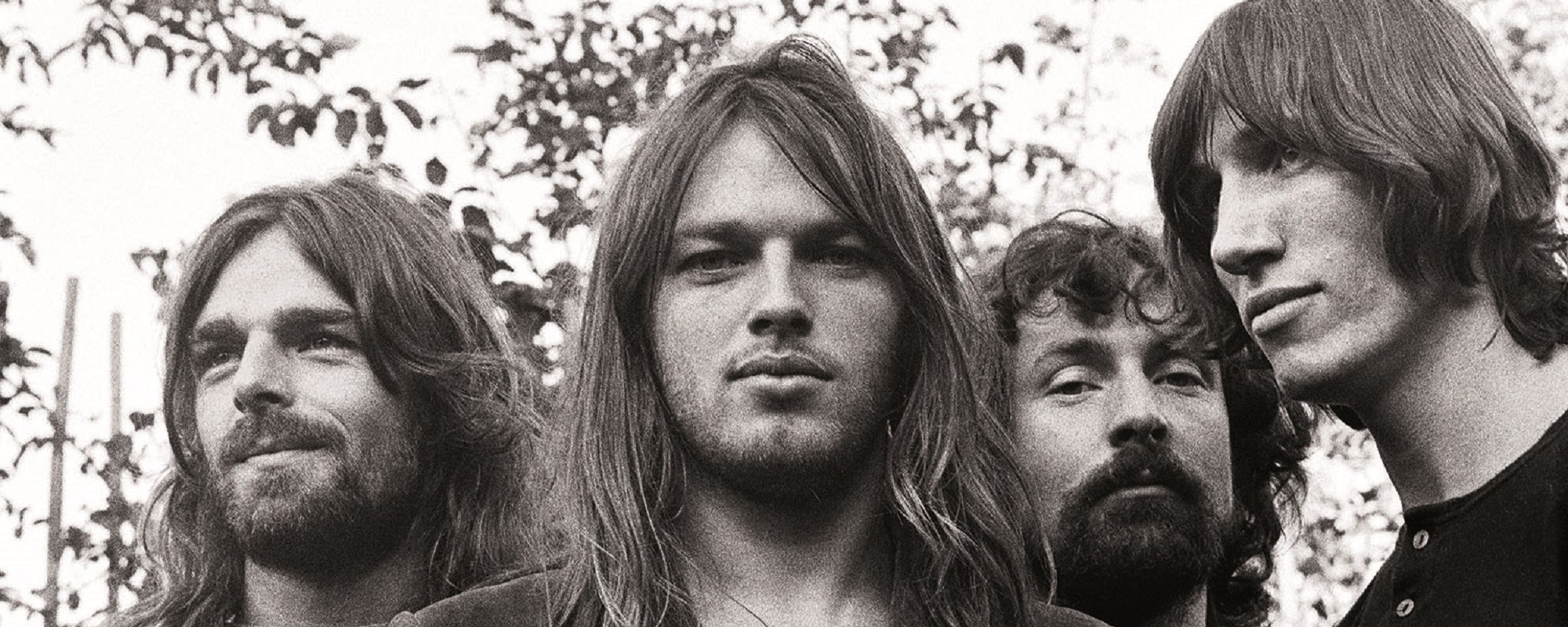
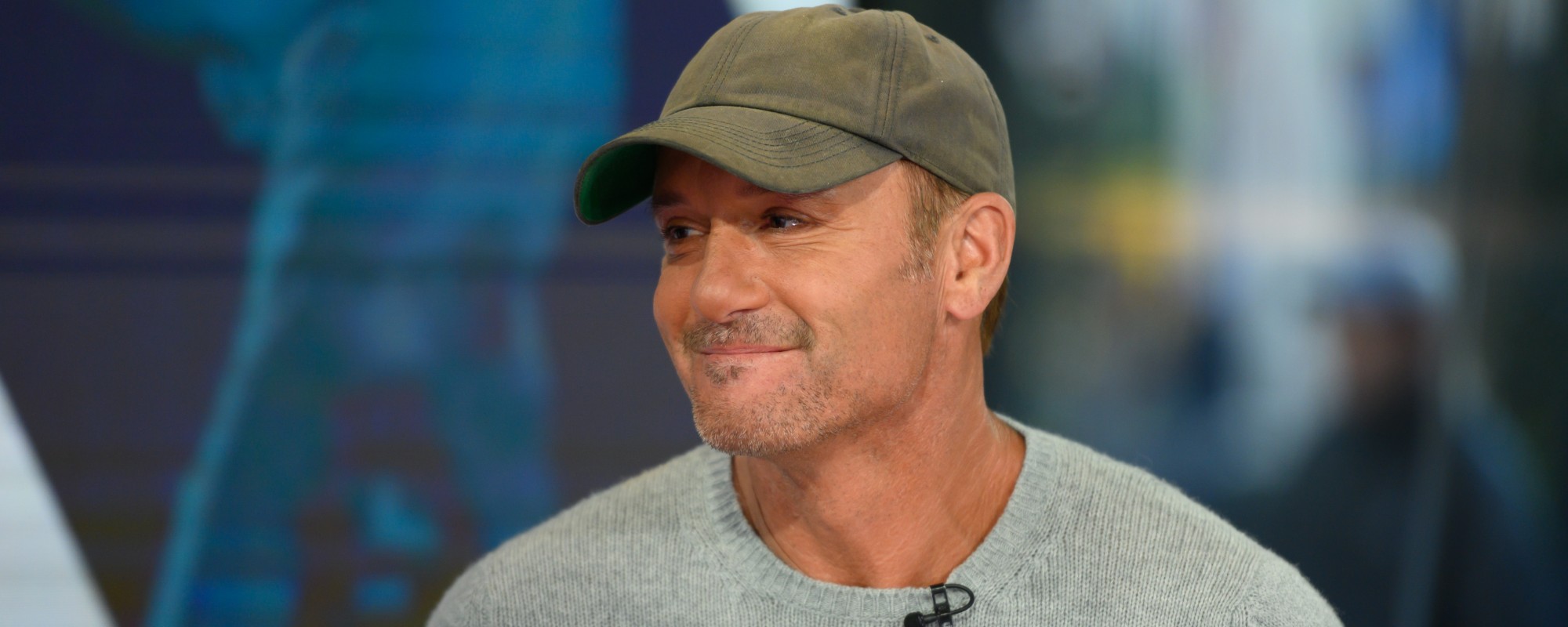

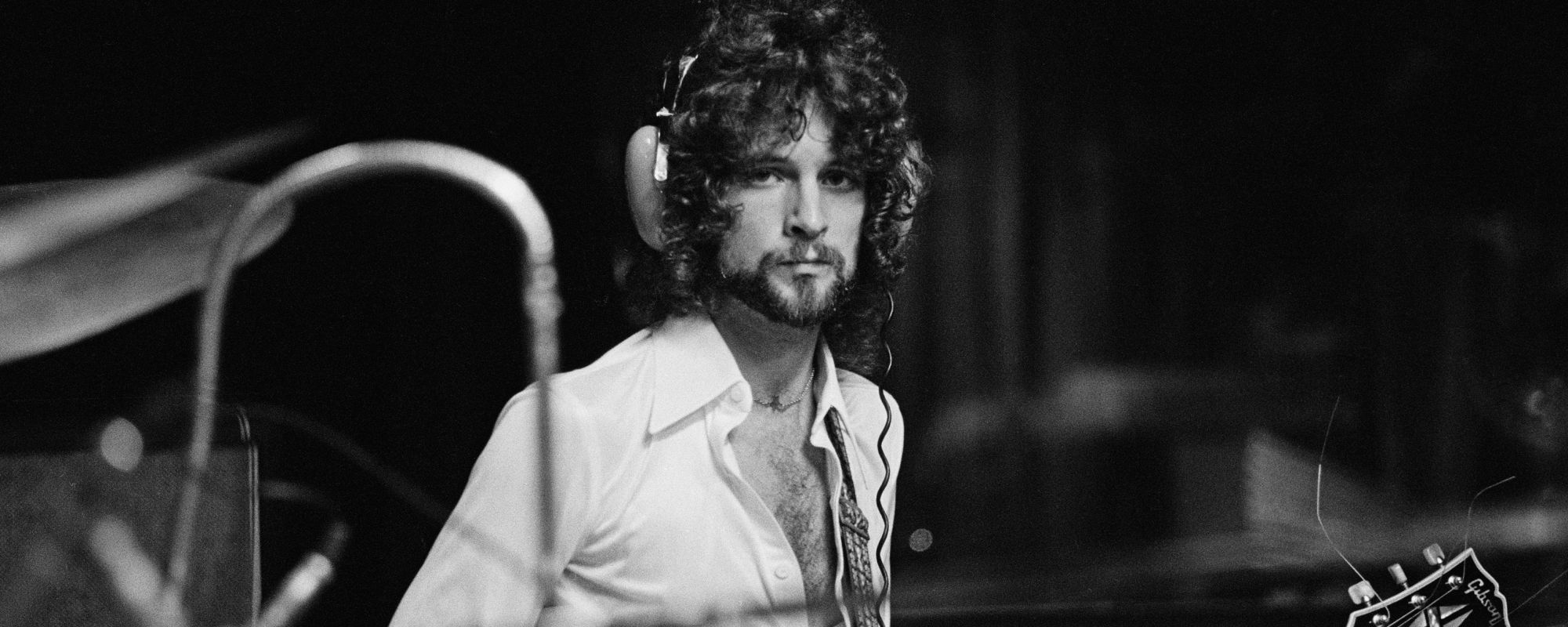

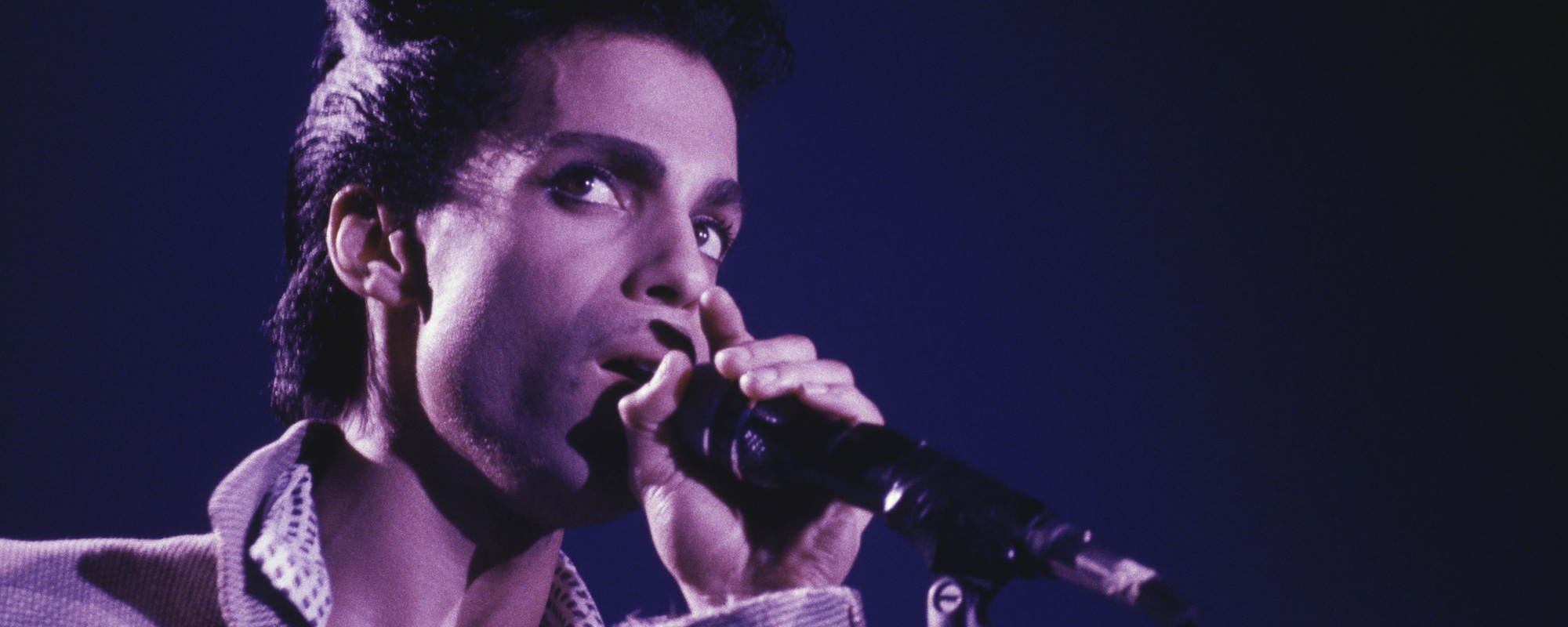
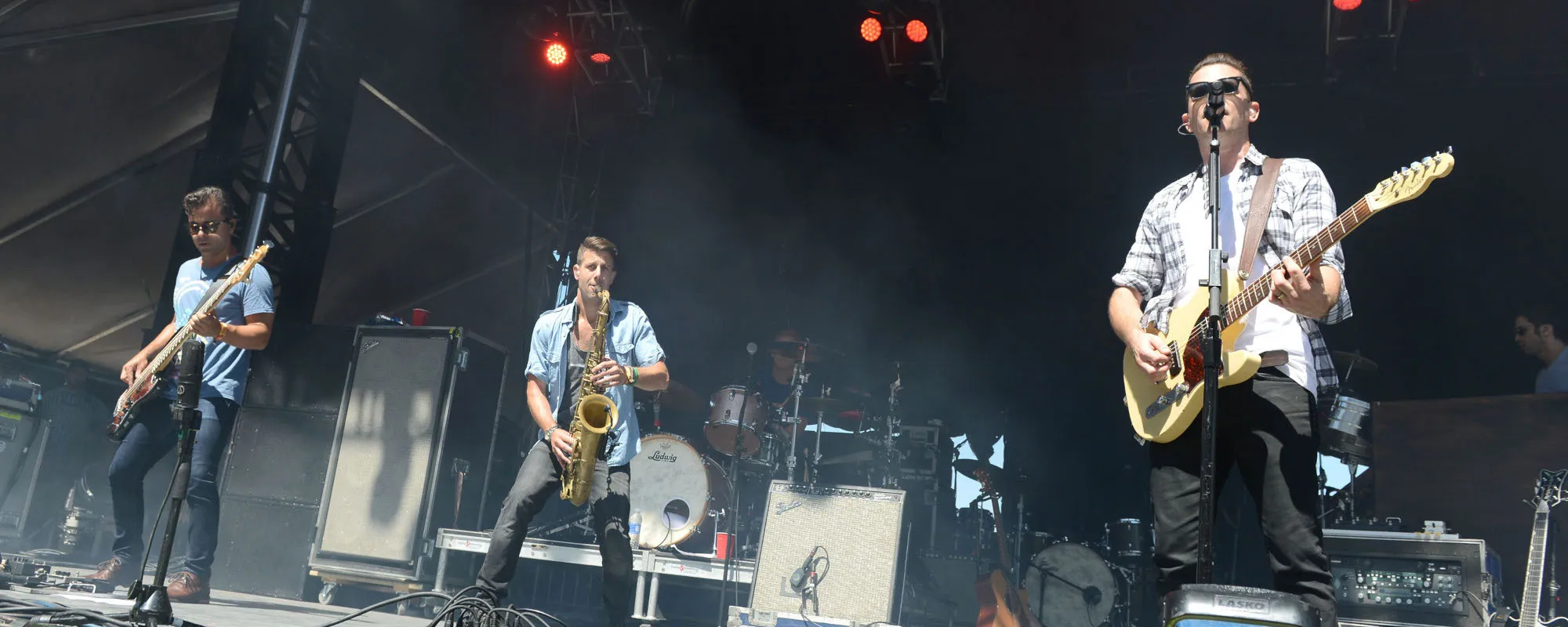
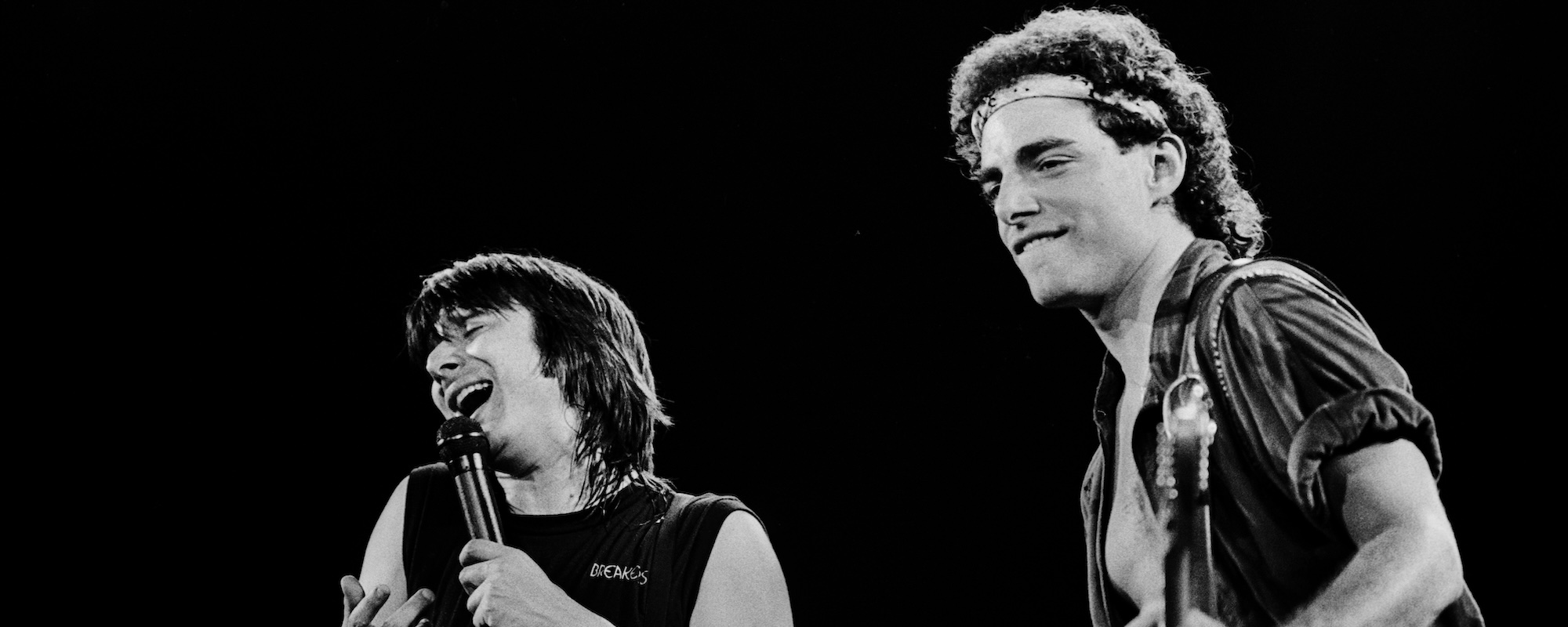
Leave a Reply
Only members can comment. Become a member. Already a member? Log in.